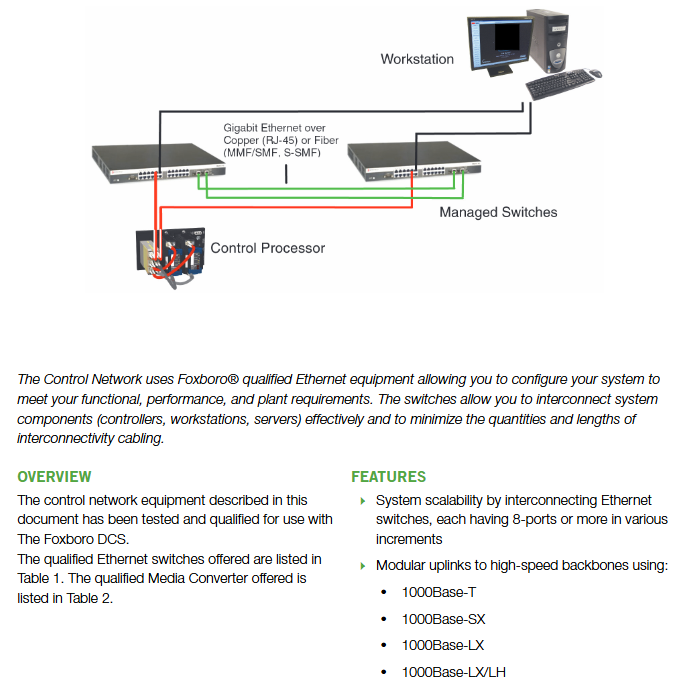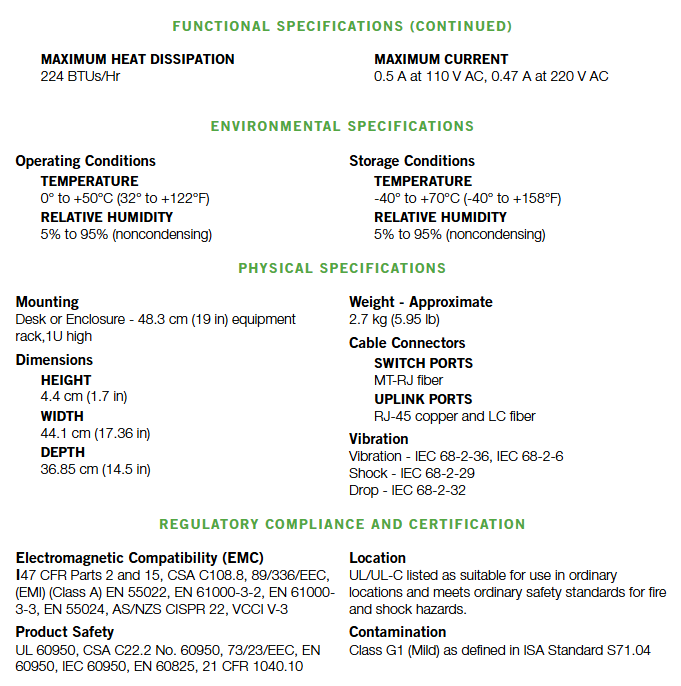Core functions and application positioning
1. Core protection and control functions
Multiple fault protection: As a low-voltage distribution protection component, the core function of the 31H7 series is to monitor the current of the distribution circuit, trigger protection actions for faults such as overload (continuous current exceeding the set value), short circuit (instantaneous surge of current), etc. (such as cutting off the circuit, disconnecting the load), avoid overheating of the circuit, equipment burnout, and reduce the risk of electrical fires.
Overload protection: with adjustable action threshold and delay characteristics, suitable for different power distribution circuits (such as lighting circuits, small motor circuits), can avoid triggering protection by starting surge current.
Short circuit protection: adopting instantaneous action design (millisecond level response), quickly cutting off the fault circuit, limiting the impact of short-circuit current on the distribution system, and protecting upstream circuit breakers and distribution equipment.
Circuit control assistance: Some models may integrate manual opening and closing functions, support on-site start stop control of the distribution circuit, and have status indicators (such as LED lights displaying circuit on/off/fault status), making it easy for operation and maintenance personnel to quickly identify the circuit status.
2. Typical application scenarios
Based on the document association of “PSS (Power System Solutions)” and “NWEQUIP” identification, the 31H7 series is mainly suitable for the following scenarios:
Commercial building power distribution: such as lighting circuits in office buildings and shopping malls, and power distribution protection for air conditioning terminal equipment (fans, coils);
Industrial auxiliary power distribution: protection of auxiliary circuits in factory workshops (such as control power supply and small instrument power supply circuits);
Special adaptation for North American market: If “NWEQUIP” refers to the North American market, the product must comply with North American low-voltage electrical standards (such as UL 489), adapt to 120V/240V commonly used low-voltage distribution systems in North America, and can be used for commercial or industrial projects in North America.

Key technical specifications (derived from the commonalities and scenarios of the “31Hx” series)
1. Electrical parameters
Speculative Category/Common Parameters
Rated voltage (U ₙ) – North American market adaptation: AC 120/240V single-phase, or AC 208/480V three-phase (compliant with North American low voltage distribution standards);
-General industrial scenario: AC 220/380V three-phase (if covering the global market)
The rated current (I ₙ) is based on the common specifications of the “31H7” series, and it is estimated that the rated current range is 1A-30A (suitable for small and medium power distribution circuits, such as lighting and small motors). Specific models need to be distinguished by suffixes (for example, the suffix “10” of a certain model represents 10A)
Protection action characteristics – Overload protection: Complies with IEC 60947-2 or UL 489 standard “Class 10” (overload action delay of 10 seconds @ 1.5 times rated current), suitable for most distribution loads;
-Short circuit breaking capacity: ≥ 10kA at AC 240V (meeting the short-circuit current requirements of commercial and light industry)
Common pole numbers include 1 pole, 2 poles, or 3 poles: 1 pole is suitable for single-phase lighting circuits, 2 poles are suitable for single-phase power circuits (such as air conditioning), and 3 poles are suitable for three-phase small motor circuits
2. Environment and physical characteristics
Work environment:
Working temperature range: -30 ℃ to+60 ℃ (industrial grade wide temperature design, suitable for indoor and outdoor distribution cabinet environment);
Humidity range: 0-95% (non condensing), suitable for humid environments such as underground garage power distribution and auxiliary circuits in food processing workshops.
Protection level:
It is speculated to be IP20 (touch resistant, dust-proof), suitable for installation inside distribution cabinets (non outdoor or dust direct contact scenarios); Some models may provide IP40 protection (enhanced dust prevention) for industrial auxiliary areas with high levels of dust.
Installation and wiring:
Installation method: Supports DIN rail installation (compliant with EN 50022 or North American NEMA standard rails), making it easy to integrate with other Schneider low-voltage components such as contactors and surge protectors;
Wiring method: Screw terminal wiring, suitable for wire cross-sectional area of 0.5-4mm ² (meets current carrying requirements of 1A-30A, compatible with multiple specifications of wires).
Product identification and compliance
1. Model coding logic (based on Schneider low-voltage component rules)
Taking the relevant models of “31H7NWEQUIP” as an example, the meanings of each part of the code are speculated as follows:
31H7 “: Core series code, representing Schneider’s specific low-voltage distribution protection component series;
NW “: Regional/characteristic identifier, corresponding to” NWEQUIP “, speculated to be” North America “or” New “, indicating market adaptation or product generation;
Suffix (such as current specification): The complete model identification should include the rated current suffix (such as “31H7-10” representing 10A rated current), please refer to the official model table for details.
2. Certification and Compliance
As a standardized product of Schneider, the 31H7 series must comply with the electrical safety standards of the target market:
North American market: UL 489 (Low Voltage Circuit Breaker Standard), CSA C22.2 No.5 (Canadian Low Voltage Electrical Standard);
Global market: IEC 60947-2 (International Low Voltage Switchgear Standard), CE certification (EU access);
Chinese market (if imported): CCC certification (China Compulsory Certification).



Leave a comment
Your email address will not be published. Required fields are marked *